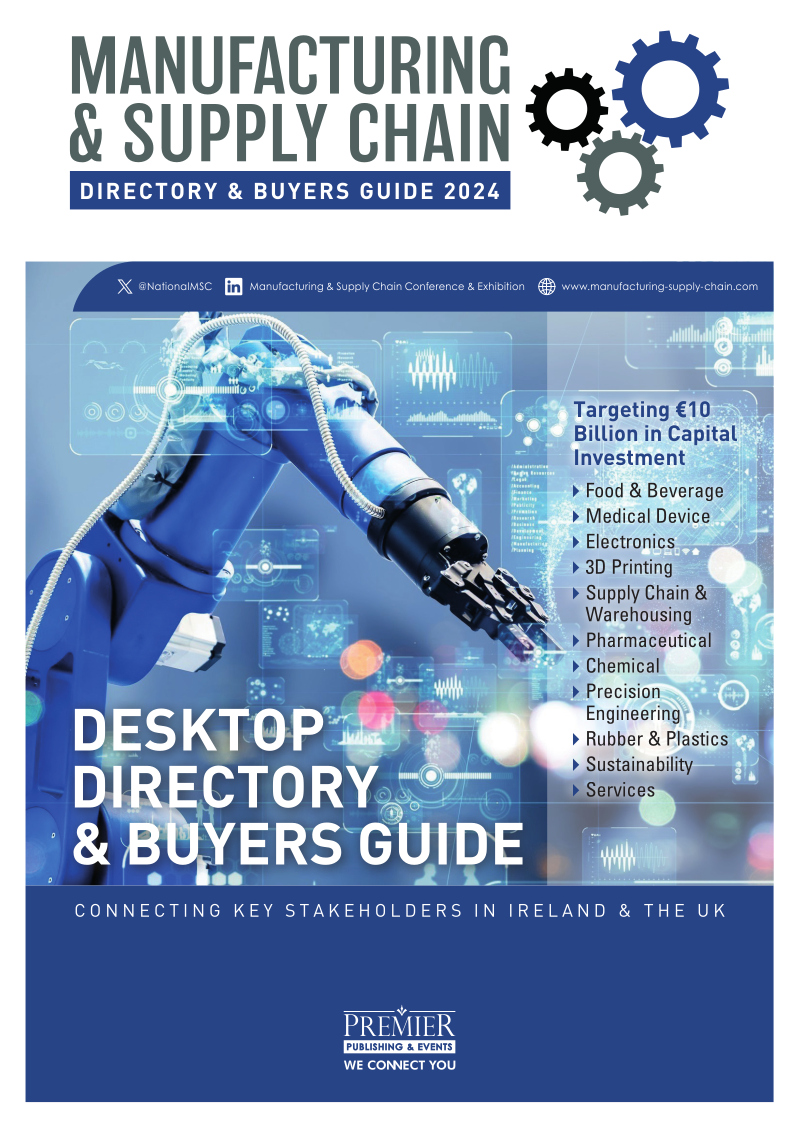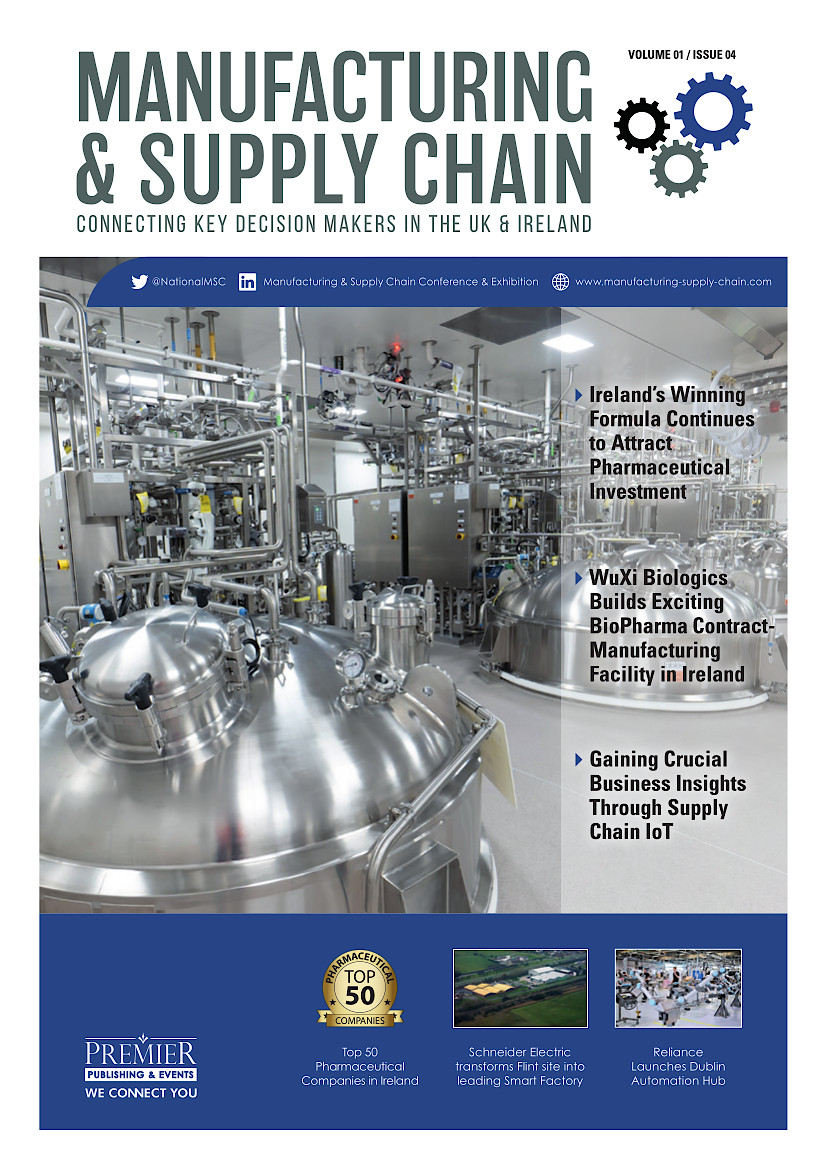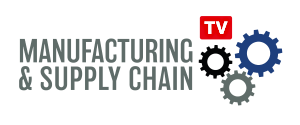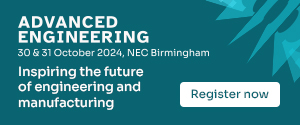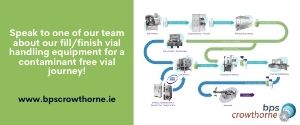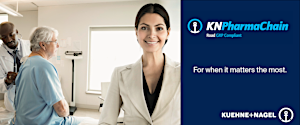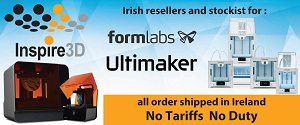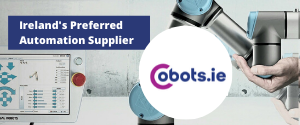Safe Space – from challenge to opportunity
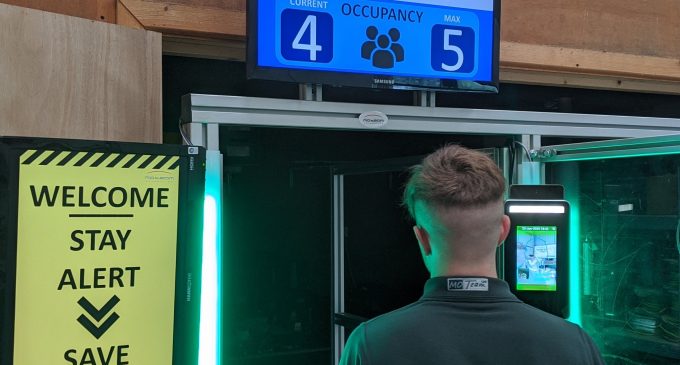
Responsible employers and business owners are rising to the challenge of
providing Covid-secure spaces, but most are still unsure of what is ultimately
required. There is a seemingly endless list of measures which may be taken,
some of which are touched on below, and key to designing your solution is
selecting and integrating those which will work best for you.
Moreover, in this necessary exercise, there are several defining aspects which
can transform this challenge into valuable opportunity.
Firstly, the impact on those who will be experiencing this adapted
environment. Solution design must consider dignity as much as compliance. An
opportunity presents itself to foster a culture of safety, care and trust, in
keeping with the much talked of ‘reset’ and the obvious benefits of well-being
as a powerful driver of morale, health and productivity.
Secondly, the opportunity for cost savings in what at first appears to be simply
costs. The use of automation for tasks such as access checklists and virtual
inductions will provide cost savings in reduced labour, increased reliability and
ease of record keeping.
Thirdly, with the documenting and controls needed to ensure safe spaces
comes new information streams, presenting opportunity for new and valuable
insights as evidenced in optimisation through i4.0 analytics in the
manufacturing sector.
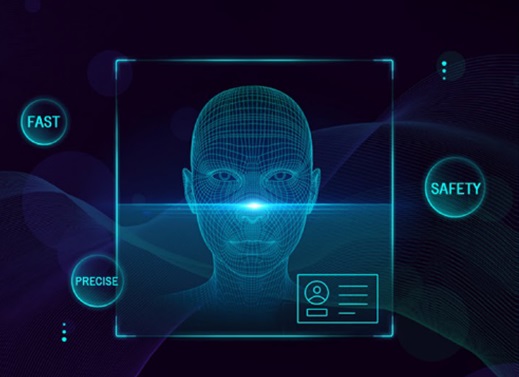 Finally, and on a cautionary note, as employers and business owners we are
Finally, and on a cautionary note, as employers and business owners we are
and will be, accountable for actions taken to ensure safety. This duty of care is
now more important than ever, and it may be a wise investment to protect
public and personnel now, to protect your business from accusation in the
future. Space safe, conscience clear.
To create Covid-secure spaces and realise these opportunities a wide range of
solutions can be deployed. These commonly include occupancy control,
temperature screening and contactless delivery of safety rules and hand
sanitation before entering your venue.
Contactless kiosks at entrances can provide instant temperature screening while avoiding queues, allowing social distancing, and providing analytics for insight and monitoring. In the incident of a failed temperature test, instruction can be delivered on-screen, by phone message (SMS, WhatsApp, Bluetooth) or vocally depending o n appropriate discretion.
n appropriate discretion.
The system can be connected to LED lights on the entrance, programmed to
show red until system allows access via voice instruction and/or signalling
green or connection to automatic doors or gates.
Digital signage can display specific hygiene rules, thus delivering information
while avoiding face-to-face contact. The device can be programmed to deliver
inductions and pose questions which can be answered vocally to ensure
information was understood.A contactless path into workplaces or venues can be continued with voice or sensor activated lifts. Maximum occupancy can be controlled by use of heat sensors inside the elevator and programming of number/pickup/set-down as
appropriate.
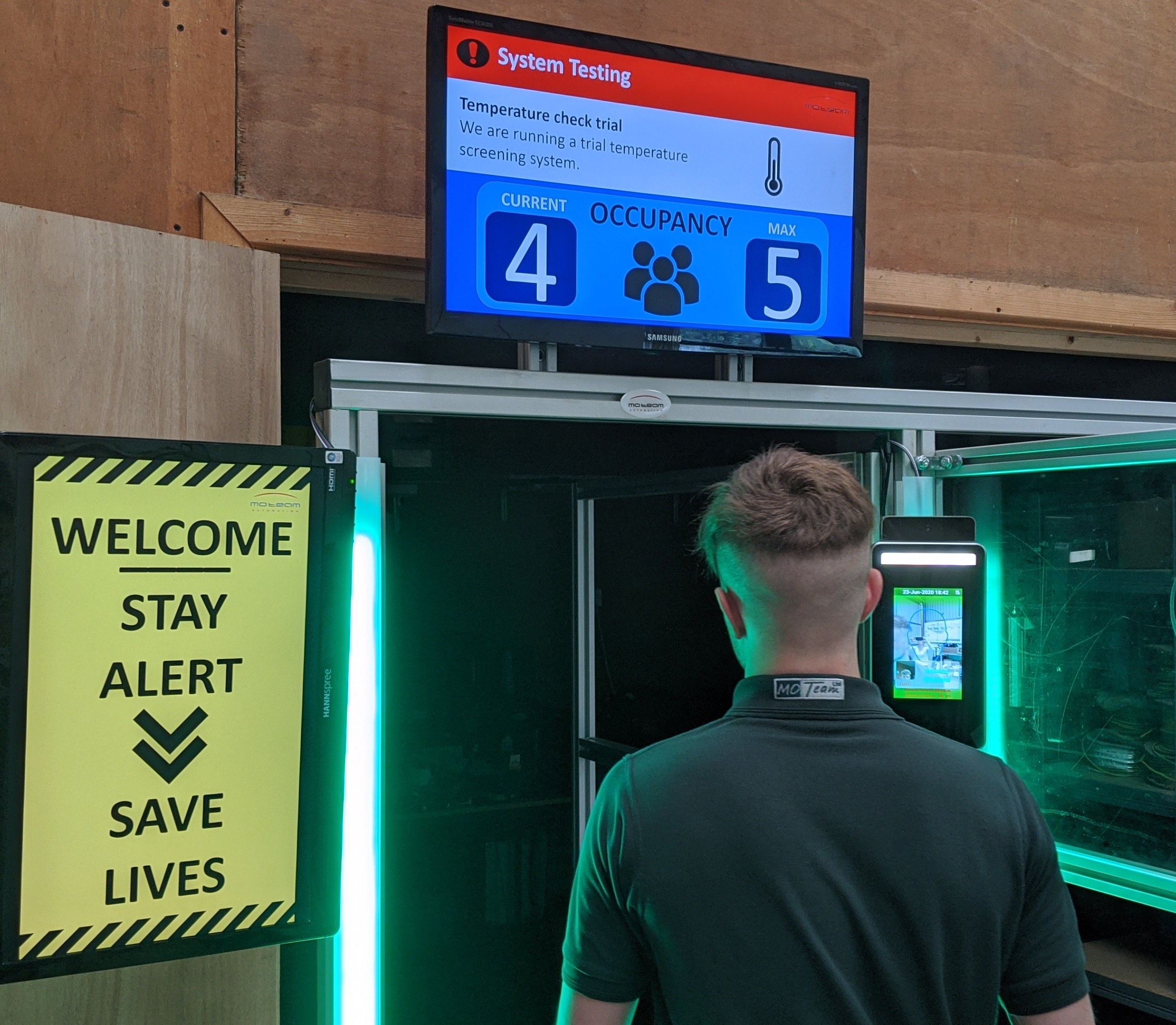 Access control systems can extend to deliver occupancy control with
Access control systems can extend to deliver occupancy control with
occupancy determined by size of room and social distancing limitations within
the room. This can be deployed with monitors at each room entrance and can
also administer a one-way system, particularly important in venues that are
smaller in size.
Starting times for employees can be staggered to minimise people arriving at
one time, as well as shifts and breaks to minimise numbers in break rooms.
Within workplaces, desks and workstations can be separated by clear screens,
allowing communication but reducing airborne contact. Mobile phone apps
can show location of available spaces within a building and for venues such as
restaurants and bars can be used to place orders and process payments.
Materials like copper that are less hospitable to germs can be used, and
reconfigured ventilation systems.
Fast-paced growth, brainstorming and increased collaboration happens in real
life, in real groups. Businesses need this to grow, and for the economy to make
a comeback. And for this, safe spaces are needed. The pandemic has forced
upon us a paradigm shift – why not use it as a leap forward?


